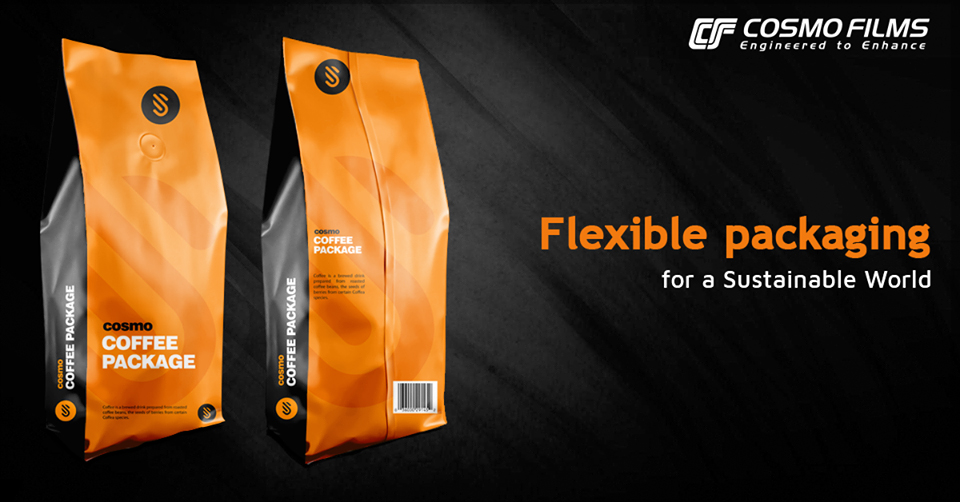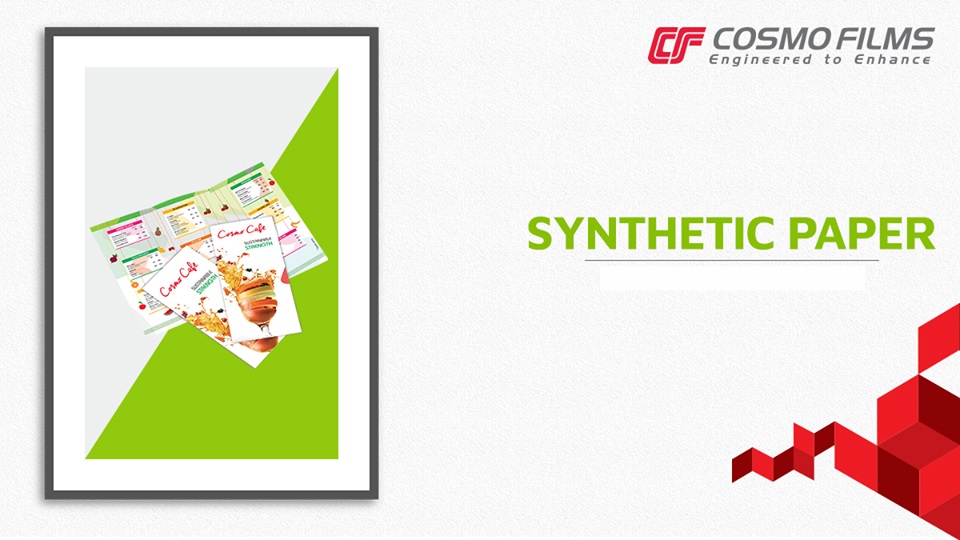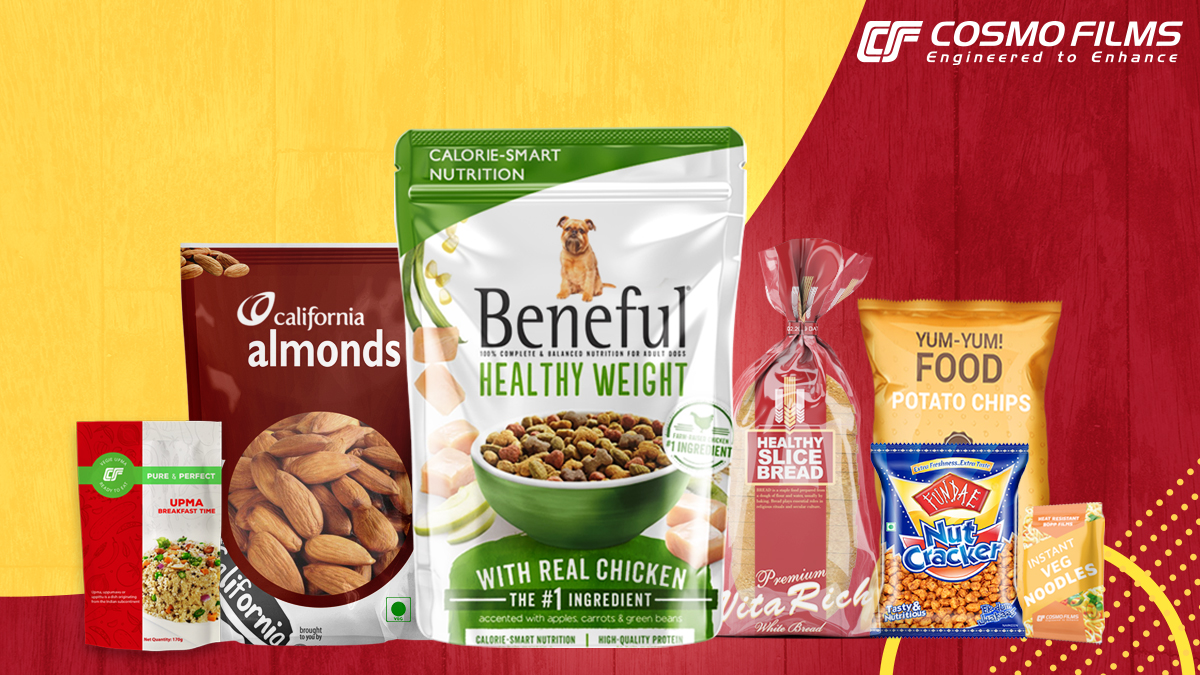Printing Norms for Flexible Packaging
The lifeline of the food & beverages industry, flexible packaging is the reason behind the remarkable shelf life & storage ease. From stand-up/lay-down to sealable zip-lock pouches, the various forms of packaging are nothing less than a milestone innovation. This packaging solution, where one side has a recyclable nature, also tremendously reduces the chances of food spoilage. Apart from the unbeatable functional values, it has an equal capability to offer an aesthetic look too packed products.
Printing Tactics
Flexography
The widely used printing technology utilizes flexible relief plates rather than solid ones. The printing process is compatible with most packaging, including stand-up pouches and plastic. Flexography is enormously used for printing on non-porous materials and brings packaging your text, images, and graphics to life.
Digital Printing
This printing method is a laser or inkjet-based technique that allows digital-based images or graphics directly printed on the substrate. The process eliminates lots of steps for traditional printing methods and makes the process faster. Additionally, it also reduces the inventory requirements & Production waste by eliminating the need for labels and cardboard inserts.
Rotogravure
Known as gravure, this print technique utilizes a rotatory print technique. The method first requires the engravement of graphics onto a cylinder, plate, or any other substance, and then transferred to the final substrate. Printing technique is widely used for industrial applications in commercial printing of newspapers, magazines, and stand-up pouches, etc. as it’s not limited to it.
Lithography
The oil-based printing method used for artistic applications in printing. Although it’s not used popularly for printing flexible packaging but commonly used for label printing. These labels are later applied to flexible packs for institutional purposes like shipping.
In a nutshell!
The printing technique uses multiple factors such as design, images, budget, and graphics. We at Cosmo Films, make sure your innovative ideas do not face limitations because of the incompatible material substrate. And that’s why our experts have engineered a range of premium flexible packaging films that are suitable for multiple printing methods. Films are available in distinct variants such as metalized, transparent, opaque, and more, which means no restriction to reflect your brand's essence.
If you're looking for Flexible Packaging Films with the mentioned quality & features, contact us at enquiry@cosmofilms.com




Thank you for writing this quality informational content. Packaging Industry in India
ReplyDeleteMaxcomm is a creative packaging solution in Delhi that deals with different business domains FMCG, Pharma, Cosmetic, Food, and across industry segments. The Group is leading packaging industry in Delhi NCR and aims to expand our horizons around India.
ReplyDelete